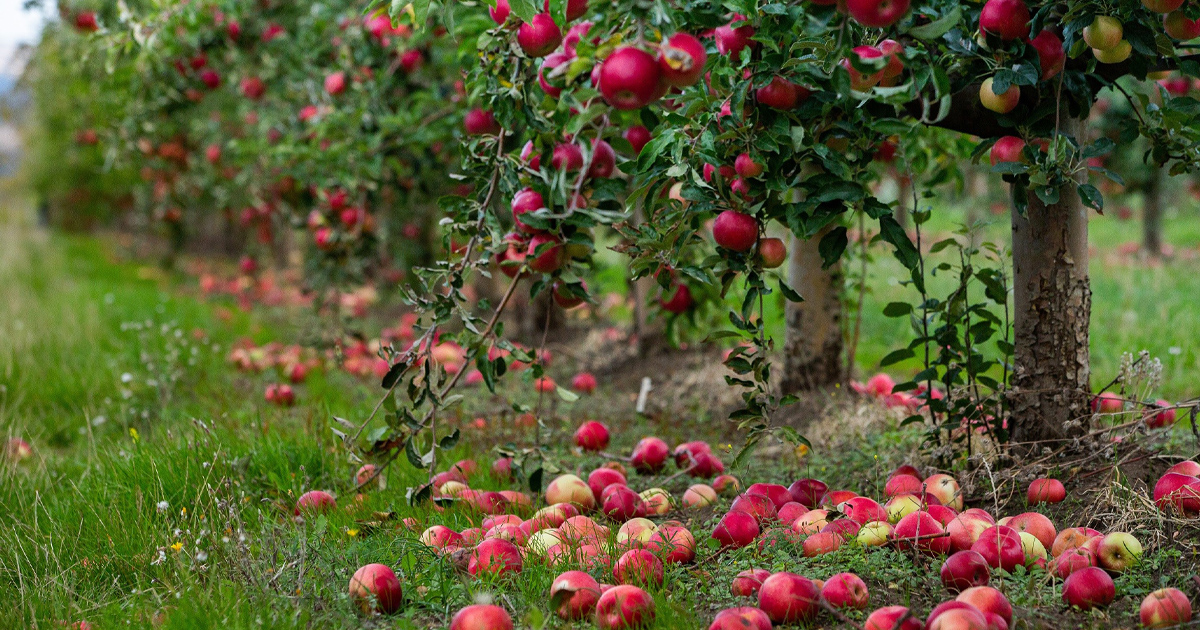Niger Irrigation and Market Access Project: Baseline Report
Niger: Evaluating the Irrigation and Market Access Project
Prepared for:
Millennium Challenge Corporation
- Almost all plots (97 percent) were cultivated in the past rainy season, for a total perimeter cultivation of 2,357 hectares; however, in the dry season from October 2018–May 2019, only 33 percent of plots were cultivated, resulting in only 808 hectares of dry season cultivation out of a total perimeter area of 2,558 hectares.
- Eighty eight percent of farmers who used irrigation in the dry season reported that it was available when they needed it.
- Average annual household income among households with access to dry season irrigation was 58 percent higher than in households without dry season irrigation.
- Average crop sales among households with dry season irrigation were more than six times that of households without dry season irrigation.
This report presents the baseline evaluation for the Konni Irrigation and Market Access Project (IMAP), funded by the Millennium Challenge Corporation (MCC) and implemented by the Government of Niger under the Niger Sustainable Water and Agriculture Compact. The evaluation focuses on rehabilitating and expanding irrigation infrastructure, strengthening land tenure security, and enhancing agricultural productivity and market access in the Konni region. The evaluation also aims to assess the project’s impacts on household income, food security, and women’s empowerment.
The evaluation employs a pre-post analysis design due to the lack of a feasible comparison group. Data collection included household, plot, and perimeter-level surveys conducted before project implementation. Sampling was based on a stratified random selection from the Resettlement Action Plan (RAP) census, ensuring representation across gender and landholding categories. Remote sensing data, including Sentinel-2 imagery and NDVI analysis, supported agricultural area assessments and triangulation of farmer-reported cultivation data.
Key baseline findings highlight limited irrigation access, underutilized land during the dry season, and constrained adoption of modern agricultural practices. Food insecurity remains high, with agricultural production heavily dependent on seasonal rainfall. Gender disparities are evident, with female-headed households holding smaller plots and facing limited access to inputs.
Overall, the baseline evaluation underscores the potential for project investments to improve agricultural productivity, market linkages, and rural livelihoods while identifying critical challenges such as water access, credit availability, and equitable land allocation for future project monitoring.
How do you apply evidence?
Take our quick four-question survey to help us curate evidence and insights that serve you.
Take our survey
